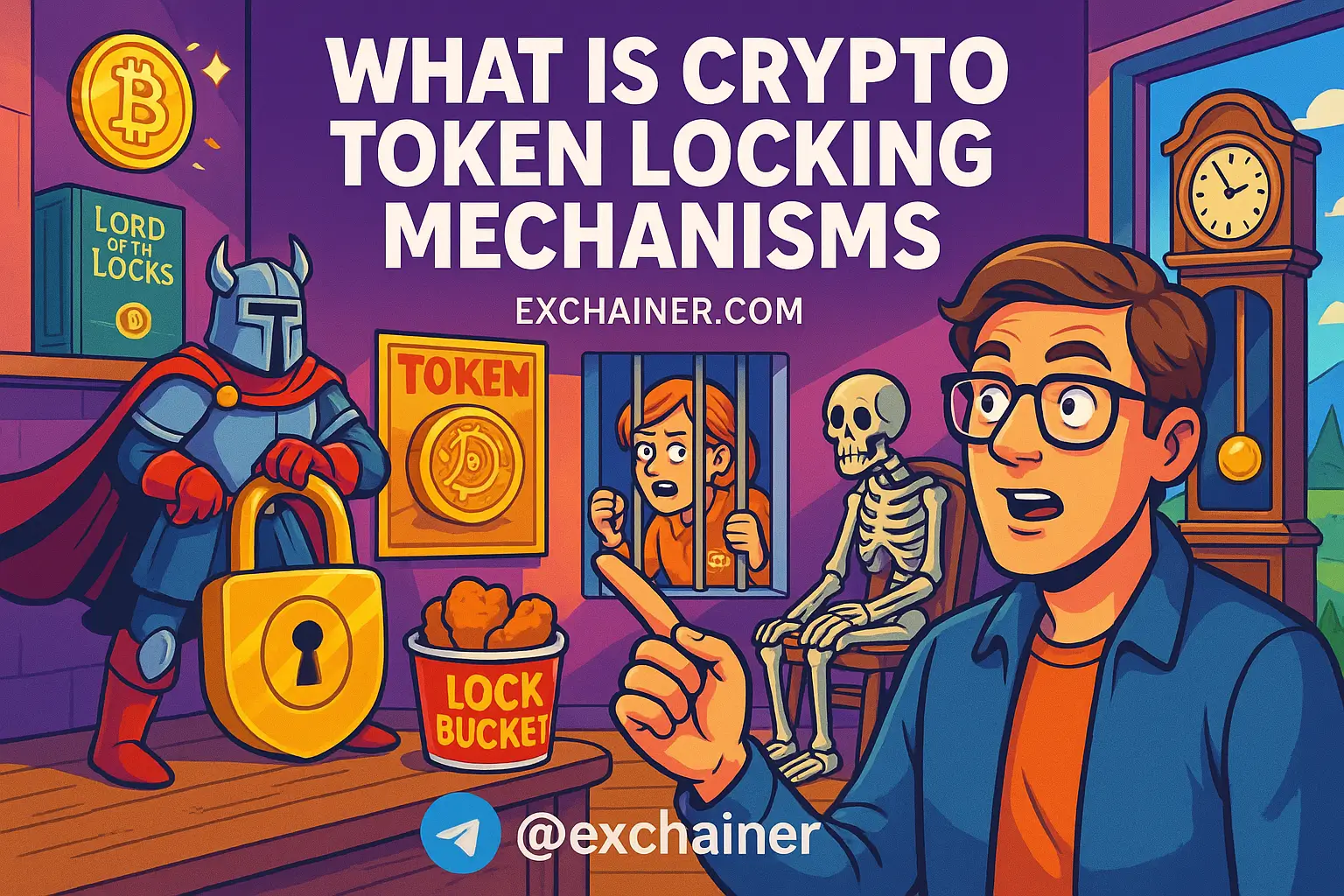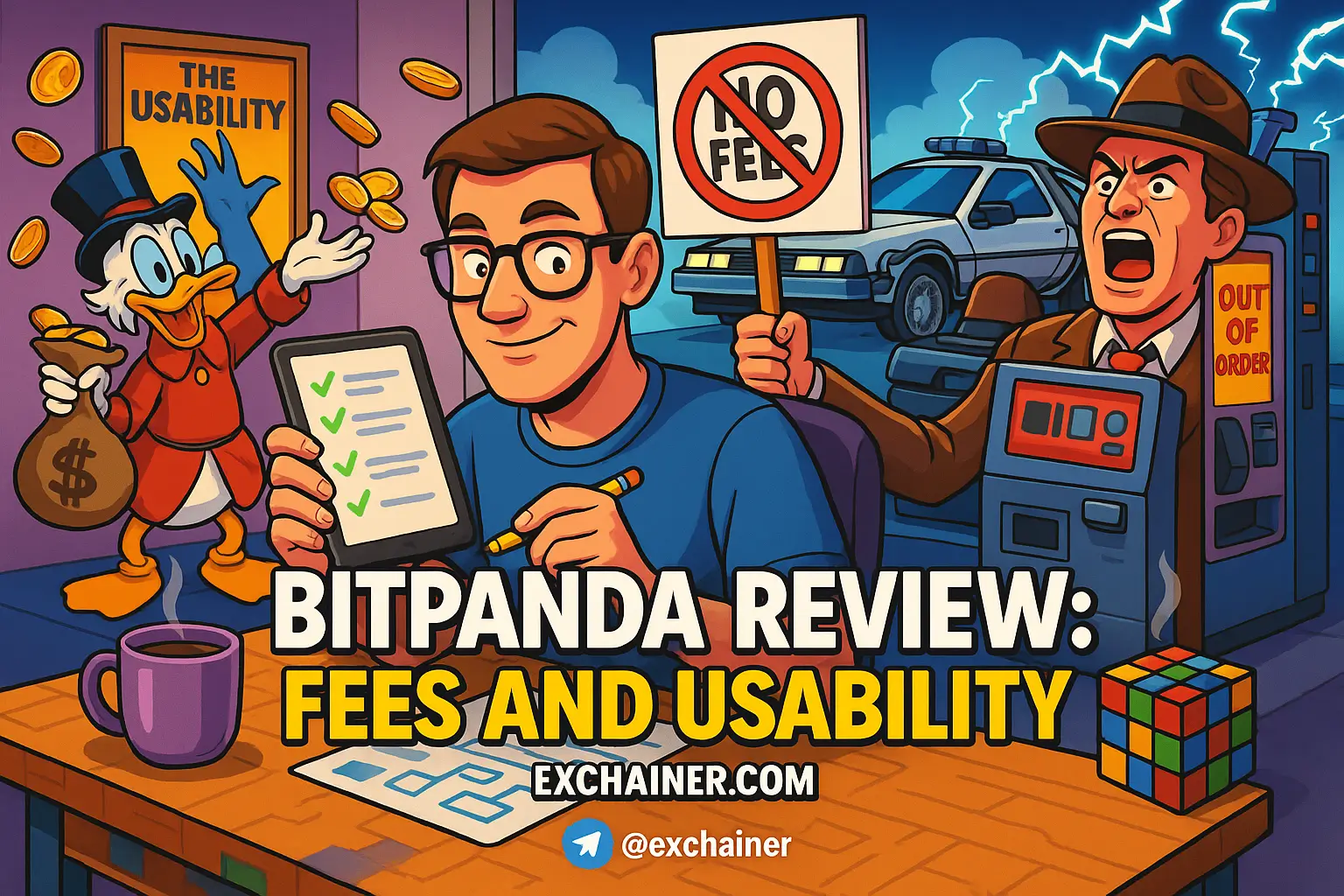Losing access to a crypto wallet can feel like watching a vault of digital gold sink into the abyss. If you've ever faced a forgotten password, misplaced seed phrase, or hardware malfunction, you know the anxiety of being locked out of your assets. With billions in Bitcoin alone remaining permanently inaccessible, the stakes have never been higher. However, all is not lost. By understanding the process of wallet recovery, you can often reclaim your digital currency with the right approach. This guide will walk you through actionable steps, helpful tools, and expert insights on how to recover a lost crypto wallet.
Understanding Crypto Wallet Recovery
Crypto wallets are secured by private keys or seed phrases, which function like master passwords. Losing these means losing access to your funds, but depending on your backup strategy, there are various recovery pathways you can explore.
Key Concepts to Know:
- Seed Phrase: A 12-24 word mnemonic phrase used to regenerate private keys.
- Private Key: A cryptographic string granting ownership of wallet funds.
- Wallet Types: There are hot wallets (online) like Trust Wallet and cold wallets (offline) such as Ledger.
Understanding these core elements will empower you to navigate the recovery process smoothly.
Step-by-Step Recovery Methods
Taking the time to methodically assess your situation can significantly enhance your chances of retrieving your lost crypto wallet. Here is a straightforward approach to guide you through the recovery process.
1. Recovery Using a Seed Phrase
If you’ve managed to keep your seed phrase safe, here’s how to recover your wallet:
Step-by-Step:
- Install a Compatible Wallet App: Download a wallet app that supports your crypto assets (like Trust Wallet or Bitcoin.com Wallet).
- Select "Add Existing Wallet": Navigate to the option to add an existing wallet from the app's main interface.
- Enter Seed Phrase Manually: Carefully type the words in the exact order.
- Pro Tip: Double-check for any typos—an incorrect word or sequence will lead to failure.
- Restore from Cloud Backups: Some apps allow you to restore from Google Drive. However, avoid unencrypted cloud storage to protect against hackers.
Common Pitfalls:
- Incorrect Order: Seed phrases are sequence-sensitive. You can use a BIP-39 tool to verify your words.
- Phrase Fragments: If part of your seed phrase is lost, you can use brute-force tools like BTCRecover, which require some technical skill to execute effectively.
2. Recovering Without a Seed Phrase
What if you don’t have your seed phrase? Don’t panic, there are still options available:
- A Private Key: If you still possess a private key, you can import it directly into wallets like Electrum or MyEtherWallet.
- Wallet Files: Search old devices for wallet files named
wallet.datorkeystore.json. You can also try using recovery software like Recuva or Puran File Recovery to retrieve lost files. - Transaction History: Use blockchain explorers (like Blockchair) to trace wallet addresses and identify associated keys.
3. Advanced Recovery Techniques
For truly extreme cases, there are more advanced techniques you may consider:
- Brute-Force Attacks: Specialized software can test millions of password combinations each second. This method can be effective if you remember any part of your phrase.
- Hardware Wallet Exploits: Some companies utilize side-channel attacks to bypass PIN codes on devices like Ledger.
- AI-Assisted Recovery: Emerging technology uses LSTM networks to predict missing seed words, but results can vary in consistency.
Risks and Precautions
Every step you take to recover your wallet carries inherent risks. Here’s how to protect yourself:
- Cloud Backups: Avoid storing your seed phrases on unencrypted services like Google Drive. Instead, opt for secured USB drives or metal plates designed to withstand fire and water.
- Recovery Scams: Be wary of services that demand upfront payment or ask for your private keys. Always verify such services through Trustpilot ratings or audits.
- Password Hygiene: Utilize two-factor authentication for exchanges and create unique passwords for your wallet files.
Case Study: Recovering a 7-Year-Old Bitcoin Wallet
Imagine receiving a notification on Reddit that another user successfully regained access to a wallet containing 12 BTC that had been forgotten for seven years. How did they do it?
- Locating an Old Hard Drive: The user found an old hard drive with a
wallet.datfile using recovery software called TestDisk. - Using Wallet Software: The user imported the file into Bitcoin Core and unlocked it using a password retrieved from their password management tool.
This inspiring story shows that with some perseverance and the right tools, recovery is often achievable.
Final Tips
As you navigate your recovery journey, keep these final tips in mind:
- Test Backups: Regularly restore your wallets to ensure that your seed phrases are functional.
- Use Multisig Wallets: Spread access across multiple private keys, minimizing the impact of losing a single point of failure.
- Stay Organized: Safeguard your recovery details in a reliable, fireproof safe or an encrypted password manager.
By acting quickly and methodically, most lost wallets can be retrieved. Remember, your crypto’s security is only as strong as your weakest backup. Whether you're a beginner or an experienced trader, these steps will help you sail through the stormy seas of wallet recovery with confidence.
Lost access to your crypto wallet can seem overwhelming, but with the right knowledge and resources, reclaiming your assets is possible. If you'd like to continue your education on cryptocurrency and explore more helpful guides like this one, feel free to check out other categories on Exchainer.com:
Start your crypto journey today and arm yourself with the best practices for safeguarding your digital assets!












